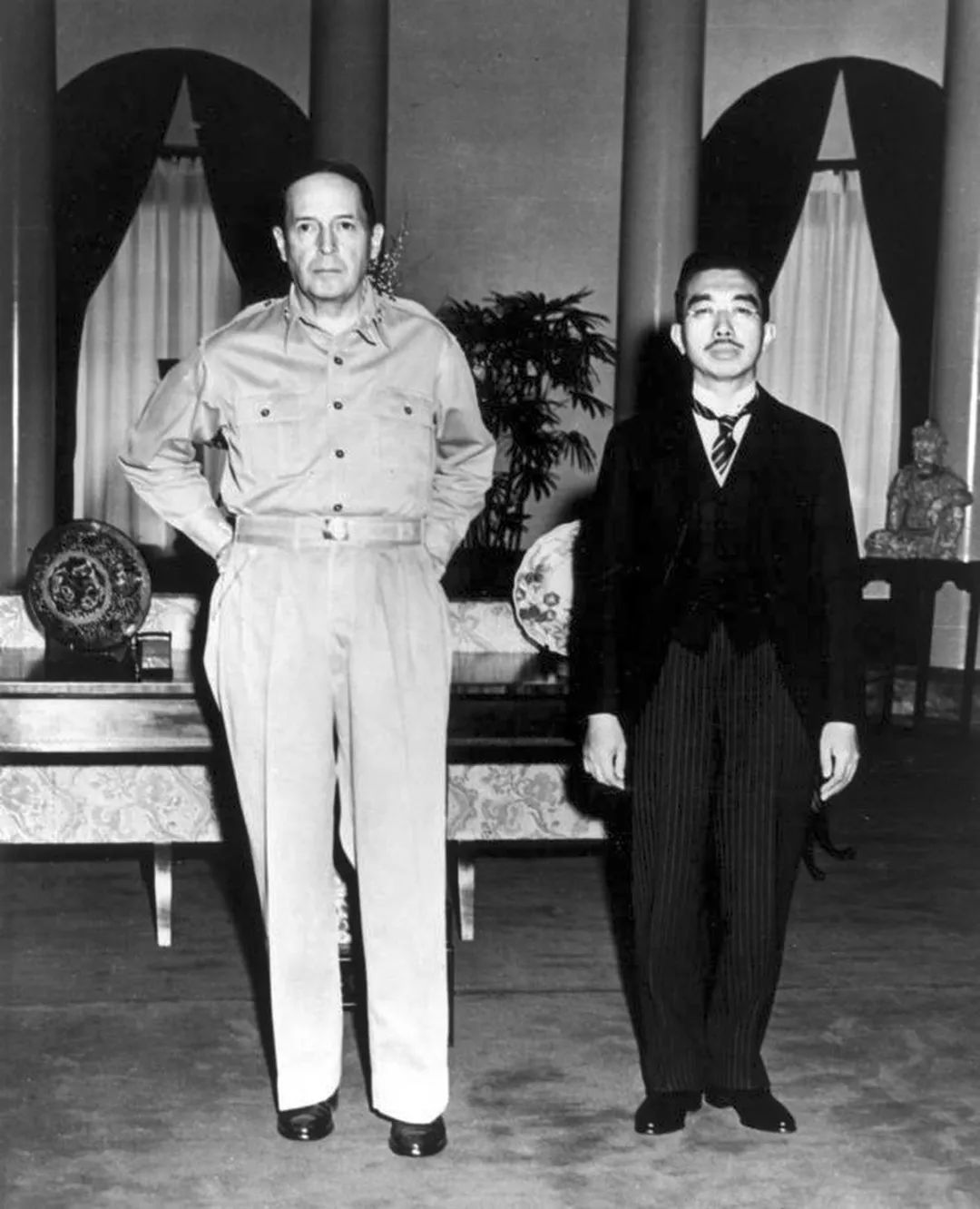Since man domesticated horses, he has used them in warfare. Mounted soldiers were effective at scouting ahead of an army, and they added speed and power to the front of any assault. This trend remained true until this day in 1914.
Let's travel to the Battle of Haelen in Belgium, August 12, 1914. The German Imperial Army had entered Belgium as a means of flanking French defenses at the beginning of World War I. For their part, the Belgians wouldn't go down without a fight. They vowed to protect their country from the silly hatted barbarians who didn't even appreciate the quality of a Belgian Whit Beer. The Germans, for their part, saw the invasion of Belgium as a great opportunity. They could avoid the French Army, and conquer an inferior race of people who put oranges in their beer.
"Belgium, your beer has not only softened your bodies, it has softened your brains!"
As we all know, don't get between Europeans and their beer. Especially this guy:
This guy- Kaiser Wilhelm
Leading up to August 12, the German invasion had gone well. They had conquered most of Belgium, and fought hard against the Belgian defenses. On the 12, however, they reached the fortified city of Haelen. The Belgian defenders vowed to protect the city at all costs. Georg von der Marwitz not only holds the distinction of having the most stereotypical German name in the history of German names, but also being the German commander at the battle. He knew that if he left Haelen in the back of his advance, the Belgians could wreak havoc on his supply lines. Opposing him was Leon de Witte, leading a contingent of over 2000 dismounted cavalry and, I kid you not, about 500 soldiers mounted on bicycles. He vowed to hold the city, just as von der Marwitz vowed to take the city. On the 11, the Germans advanced, and easily brushed through the Belgian defenses east of the city, pushing the defenders west of town. In the face of certain victory, von der Marwitz looked to the history books for a sure fire strategy to win the battle: a full frontal cavalry charge. It had worked almost every time in the past, and he was sure it would at Haelen.
But von der Marwitz forgot one crucial fact- he was fighting during World War I. Gone were the days of weak, single fire rifles. The Belgians had strong fire power, with both machine guns and repeating rifles. Despite multiple German cavalry assaults, the Belgian defenses never waffled (chuckle, chuckle). By the end of the 12, von der Marwitz pulled his men back to east of Haelen.
"Drat the luck!"
In the end, Haelen did little to change Belgium's cause. They were overrun in the next few days, and their country was devastated by war. But Leon de Witte and his cyclists proved one thing by repelling the Germans: they showed that the age of mounted cavalry was over forever.
"Um, if I survive this, remind me to punch von der whatshisname in the face."
Digging through historical records, I came across this obituary to the cavalry. It looks to be the original draft! How fun! Dated August 13, 1914, it has been completely forgotten-until now. Enjoy!
August 12, 1914
Cavalry, Mounted
Age not provided
The mounted cavalry went violently peacefully into the afterlife yesterday near Haelen, Belgium. It is survived by its longtime friends, the infantry and artillery. Through its life, it had many highs. Who can forget Kadesh, where Ramses the Great led his cavalry into the Hittite defenses, winning the battle for his kingdom? Or when Alexander, Hannibal, and Cesar utilized mounted troops to win great victories. In every major battle in every major campaign, mounted cavalry was there, often getting destroyed by archers, spearmen, artillery, or a kid with a pop gun affecting the outcome of the fighting. Then there were the lows. Oh the horrible, frequent rare lows. Little Big Horn, where Custer and his men were cut to pieces by a superior force. Balaclava, where the famous Light Brigade were sent to their deaths by a stupid British general who made a terrible mistake. But then again, are British generals even allowed to be competent? No matter the odds, the cavalry fought bravely and valiantly. Its demise had been coming for a long time. At Gettysburg, the cavalry was only effective when they were dismounted. In the Spanish American war, Roosevelt and his Rough Riders charged San Juan Hill on foot. Advancement in weaponry made mounted warfare irrelevant. I mean, seriously, the Germans lost to soldiers mounted on flipping bicycles. Although this marks the end of an era, remember it was a stupid concept to begin with when one door closes, another door opens. What will take the horse's place? We'll have to see. But let's all remember the mounted cavalry, and all it contributed to war.
In lieu of flowers, please send bandages. I think those silly Germans are going to need them.
Well there you have it. The original obituary of the mounted cavalry. Don't feel too bad though. The cavalry would return with a vengeance. Gone were horses, but they were replaced by helicopters and tanks.
"Yeah, I'm badass"
The mounted cavalry died 99 years ago today. But the cavalry is alive and well. Just without the horses.


